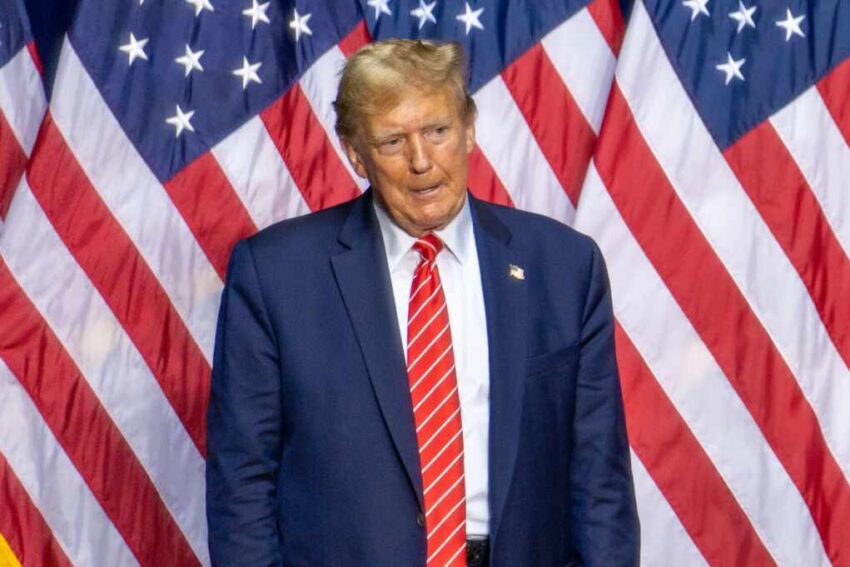President Trump has signed an executive order dismantling broad U.S. sanctions on Syria, upending two decades of policy and igniting debate over security, reconstruction, and diplomatic normalization.
At a Glance
- President Trump issued an executive order reversing the Syria sanctions program.
- Sanctions on Bashar al-Assad, terrorist groups, and human rights violators remain in place.
- The order ends the “national emergency” declared in 2004 and revokes several prior executive orders.
- The White House says the move is meant to support Syria’s path to stability.
Major Policy Shift
On June 30, 2025, President Trump signed an executive order lifting most U.S. sanctions on Syria, including the repeal of the 2004 “national emergency” declaration and revocation of multiple sanctions-related directives. However, the new policy maintains targeted sanctions on Bashar al-Assad, his associates, human rights abusers, chemical weapons actors, narcotics traffickers, and groups such as ISIS and Hezbollah.
White House Press Secretary Karoline Leavitt said the move was designed to “promote and support the country’s path to stability and peace,” signaling a major policy realignment from past administrations. This realignment includes limited sanctions relief while preserving counterterrorism safeguards.
Watch a report: Trump’s Syria Reversal
Strategic and Economic Implications
The order directs key federal agencies to examine loosening export controls, suspend key provisions of the Caesar Syria Civilian Protection Act, and explore future multilateral relief through the U.N. These moves, outlined in a May policy framework, are expected to open Syria’s access to foreign capital and trade mechanisms after years of economic isolation.
Supporters—including Syria’s interim president Ahmad al-Sharaa—argue the policy shift could fast-track infrastructure rebuilding and foreign investment. Critics, however, caution that easing pressure may embolden hostile actors and reduce leverage over the Assad regime. A recent Axios report confirmed the administration also aims to link this move to broader normalization efforts involving Israel and other regional partners.
Normalization and Diplomatic Ripples
Trump’s executive order follows his May visit to Riyadh, where he held a landmark meeting with President al-Sharaa—the first formal U.S.-Syria engagement since 2000. Analysts note this could mark the opening chapter in an expansive reengagement strategy tied to Abraham Accords expansion talks.
Still, Syria remains on the U.S. state sponsors of terrorism list, and the State Department is expected to continue reviews of HTS and other non-state actors. With congressional Democrats demanding oversight, the true reach of Trump’s Syria reset may depend on what—and who—comes next.
Click this link for the original source of this article.
Author: Editor
This content is courtesy of, and owned and copyrighted by, https://deepstatetribunal.com and its author. This content is made available by use of the public RSS feed offered by the host site and is used for educational purposes only. If you are the author or represent the host site and would like this content removed now and in the future, please contact USSANews.com using the email address in the Contact page found in the website menu.








